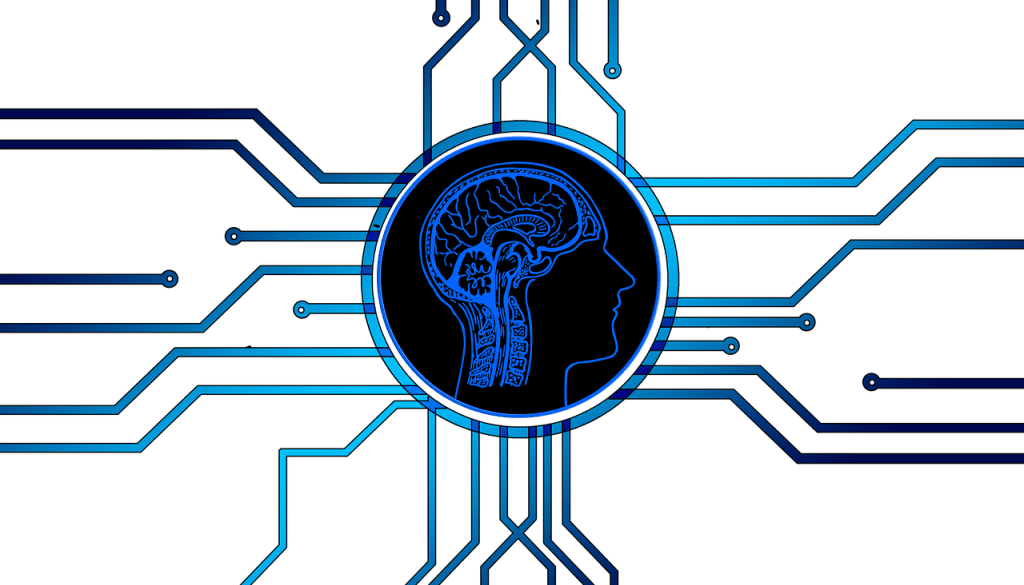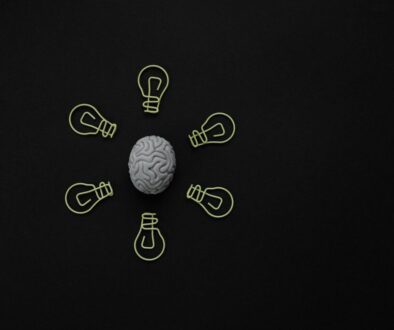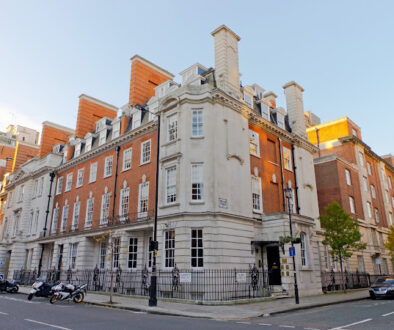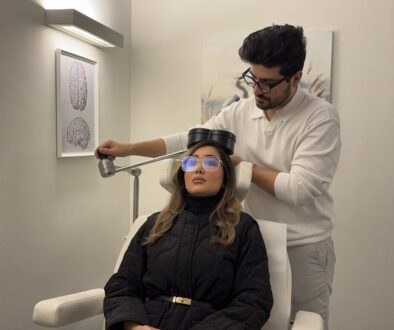What is the Prefrontal Cortex and Why is it Important
Prefrontal cortex and depression: The human brain has many parts and one of those is the cerebral hemisphere. They control most of the functionality of the brain. Actually, most of the people when imagining the brain they only picture cerebral hemispheres in their mind. These cerebral hemispheres further divided into 4 regions or lobes. Frontal, parietal, temporal and occipital lobes.
Functions of the prefrontal cortex
The beginning of the frontal cortex is known as the prefrontal cortex. This region of the brain has various activities known to be involved in decision making, the personality of a person, cognition. Also, cognitive behaviours and even controlling our social behaviour. So most scientists say that the prefrontal cortex functions in terms of thought and actions in accordance with one’s personality.
The term that psychologists use for functions of the prefrontal cortex is executive functions. These functions help in differentiating between outcomes and conflicting thoughts, work toward a specific goal. Though the process of different actions, expectations from those actions and social control. Social control means self-restraint in a social environment and actions which are socially acceptable.
Prefrontal cortex and depression
Studies have shown that prefrontal cortex is also linked to depression and depressive thoughts as well as actions. Although the pathophysiology of the prefrontal cortex is not completely understood and somewhat vague.
Also, experts have shown structural abnormalities in prefrontal areas of brain specifically medial and left prefrontal cortex in patients suffering from depression.
Additionally, functional imaging has shown a decreased level of metabolism in the prefrontal cortex region of the brain in depression. These new studies and discoveries imply that dysfunction of this region of the brain and its reaction to the limbic system produces many symptoms of depression.
This new information where depression can be linked to the structural area of the brain and its connections has huge implementations in the management of depression, especially newer techniques like Transcranial magnetic stimulation.

Transcranial magnetic stimulation for depression?
Transcranial magnetic stimulation or TMS is the use of magnetic rays to target parts of the brain, mainly for depression and anxiety. It is a noninvasive procedure that requires little to no anesthesia. TMS is usually recommended for treatment-resistant mental health disorders especially depression in recent years.
rTMS targets specific areas of the brain and it is being employed to target areas of the brain involved in mental health problems. TMS works by stimulating the targeted area’s of the brain and help to form more connections in that area with better conductivity, a process known as neuroplasticity. This principle is being employed to target the prefrontal area of the brain in people with clinical depression and the outcomes look promising.
The future of Transcranial magnetic stimulation looks promising in not only improving symptoms of depression. But also helping those who have subpar cognition and all other aforementioned functions of the prefrontal cortex.




